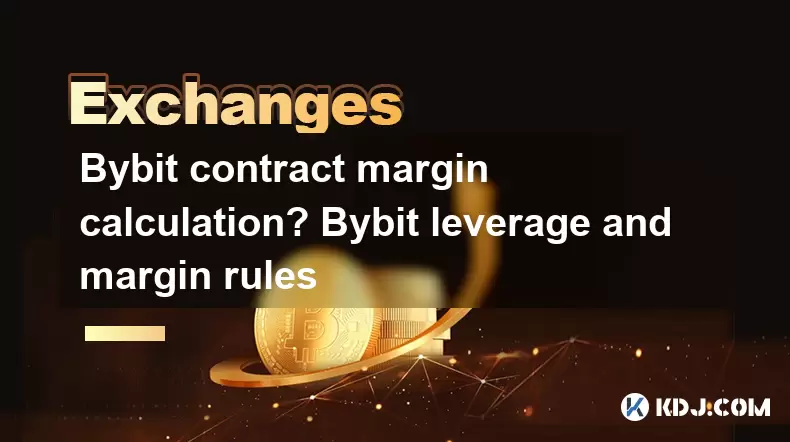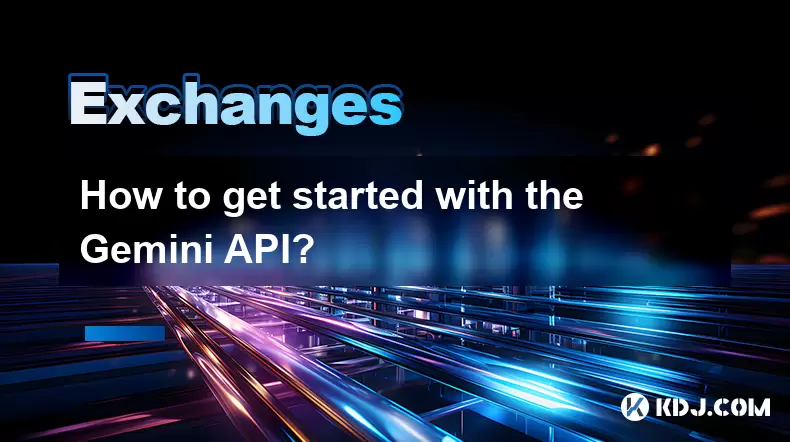-
 Bitcoin
Bitcoin $114500
-0.31% -
 Ethereum
Ethereum $3648
1.11% -
 XRP
XRP $3.033
-0.27% -
 Tether USDt
Tether USDt $0.9999
-0.01% -
 BNB
BNB $758.5
-0.32% -
 Solana
Solana $167.5
1.48% -
 USDC
USDC $0.9998
-0.02% -
 TRON
TRON $0.3331
0.74% -
 Dogecoin
Dogecoin $0.2039
0.25% -
 Cardano
Cardano $0.7419
-0.46% -
 Hyperliquid
Hyperliquid $39.21
2.66% -
 Stellar
Stellar $0.4049
-1.95% -
 Sui
Sui $3.483
-0.56% -
 Bitcoin Cash
Bitcoin Cash $570.8
2.89% -
 Chainlink
Chainlink $16.67
-0.57% -
 Hedera
Hedera $0.2470
-1.57% -
 Ethena USDe
Ethena USDe $1.001
0.00% -
 Avalanche
Avalanche $22.36
1.52% -
 Litecoin
Litecoin $123.4
4.35% -
 UNUS SED LEO
UNUS SED LEO $8.989
0.09% -
 Toncoin
Toncoin $3.324
-2.40% -
 Shiba Inu
Shiba Inu $0.00001219
-1.30% -
 Uniswap
Uniswap $9.811
2.54% -
 Polkadot
Polkadot $3.662
-0.07% -
 Monero
Monero $295.5
-3.85% -
 Dai
Dai $1.000
0.01% -
 Bitget Token
Bitget Token $4.345
0.24% -
 Cronos
Cronos $0.1380
0.95% -
 Pepe
Pepe $0.00001044
-1.14% -
 Ethena
Ethena $0.5981
-4.24%
Bybit contract margin calculation? Bybit leverage and margin rules
Bybit offers up to 100x leverage on contracts; traders must understand margin calculations and rules to manage risk effectively and avoid liquidation.
Jun 08, 2025 at 08:28 am

Bybit is one of the leading cryptocurrency exchanges that offers a variety of trading options, including futures and perpetual contracts. Understanding how margin works and the rules surrounding leverage is crucial for traders looking to maximize their potential returns while managing risk. This article will delve into the intricacies of Bybit contract margin calculation and the leverage and margin rules that traders need to know.
Understanding Bybit Contract Margin
Margin is the amount of capital required to open and maintain a position on Bybit. When trading futures or perpetual contracts, traders can use leverage to increase their exposure to the market. The margin required depends on the leverage used and the size of the position.
Bybit offers different types of margin modes: Cross Margin and Isolated Margin. Cross Margin uses the entire account balance to prevent liquidations, while Isolated Margin allocates a specific amount of margin to each position. Understanding these modes helps traders choose the best approach for their trading strategy.
Bybit Leverage and Its Impact on Margin
Leverage is a tool that allows traders to control a larger position with a smaller amount of capital. Bybit offers leverage up to 100x on certain contracts, which means traders can open a position 100 times larger than their initial margin.
The impact of leverage on margin is significant. Higher leverage reduces the amount of margin needed to open a position but increases the risk of liquidation. For example, with 100x leverage, a trader needs only 1% of the total position value as margin. However, a small adverse price movement can lead to a liquidation of the entire position.
Calculating Initial Margin on Bybit
Initial Margin is the amount of capital required to open a new position. The formula for calculating initial margin on Bybit is straightforward:
[ \text{Initial Margin} = \frac{\text{Position Value}}{\text{Leverage}} ]
For example, if a trader wants to open a position worth $10,000 with 50x leverage, the initial margin required would be:
[ \text{Initial Margin} = \frac{10,000}{50} = 200 \text{ USD} ]
This calculation shows how leverage affects the amount of capital needed to enter a trade. Traders should always ensure they have sufficient funds in their account to cover the initial margin requirements.
Maintenance Margin and Liquidation on Bybit
Maintenance Margin is the minimum amount of margin required to keep a position open. If the account balance falls below this level, the position may be liquidated to prevent further losses.
Bybit's liquidation mechanism is designed to protect the exchange and its users from negative balances. When the margin balance drops below the maintenance margin, a liquidation process begins. The exact maintenance margin level varies depending on the asset and leverage used.
For instance, if a trader has a position with a maintenance margin of $100 and the account balance drops to $90, Bybit will initiate liquidation to close the position and prevent further losses.
Margin Rules and Risk Management on Bybit
Bybit has specific margin rules that traders must adhere to. These rules are in place to ensure fair trading practices and protect users from excessive risk.
Position Limits: Bybit sets maximum position limits for each contract to prevent market manipulation and ensure liquidity. Traders must be aware of these limits when planning their trades.
Margin Call: When the account balance approaches the maintenance margin, Bybit issues a margin call. Traders have the opportunity to add more funds to their account to avoid liquidation.
Auto-Deleveraging (ADL): In rare cases where there are not enough opposing orders to liquidate a position, Bybit uses an auto-deleveraging system to close positions of profitable traders. This ensures that all positions can be liquidated without causing a negative balance.
Traders should implement risk management strategies to protect their capital. This includes setting stop-loss orders, monitoring positions closely, and not using the maximum available leverage unless necessary.
Practical Example of Margin Calculation on Bybit
To illustrate how margin calculation works on Bybit, let's consider a practical example:
Suppose a trader wants to open a long position on BTCUSD perpetual contract with a notional value of $5,000 and a leverage of 20x. Here's how to calculate the initial margin:
- Notional Value: $5,000
- Leverage: 20x
[ \text{Initial Margin} = \frac{5,000}{20} = 250 \text{ USD} ]
Now, let's assume the maintenance margin for this contract is set at 0.5% of the notional value:
[ \text{Maintenance Margin} = 5,000 \times 0.005 = 25 \text{ USD} ]
If the market moves against the trader and the account balance falls below $25, Bybit will initiate a liquidation process to close the position.
Frequently Asked Questions
Q1: Can I change the leverage on an open position on Bybit?
A1: Yes, Bybit allows traders to adjust the leverage on an open position. However, changing the leverage will affect the margin requirements, so traders should be cautious and understand the implications before making adjustments.
Q2: What happens if I don't have enough margin to cover a position on Bybit?
A2: If the account balance falls below the maintenance margin, Bybit will initiate a liquidation process to close the position. Traders should monitor their positions and add funds if necessary to avoid liquidation.
Q3: How does Bybit calculate the liquidation price?
A3: Bybit calculates the liquidation price based on the initial margin, leverage, and the maintenance margin. The exact formula varies depending on the contract and market conditions, but it generally ensures that the position is closed before the account balance becomes negative.
Q4: Are there any fees associated with margin trading on Bybit?
A4: Yes, Bybit charges trading fees for opening and closing positions. Additionally, there may be funding fees for holding perpetual contracts. Traders should review Bybit's fee structure to understand the costs associated with margin trading.
Disclaimer:info@kdj.com
The information provided is not trading advice. kdj.com does not assume any responsibility for any investments made based on the information provided in this article. Cryptocurrencies are highly volatile and it is highly recommended that you invest with caution after thorough research!
If you believe that the content used on this website infringes your copyright, please contact us immediately (info@kdj.com) and we will delete it promptly.
- Meme Coins Skyrocket: Is Dogecoin About to Be Dethroned?
- 2025-08-06 03:50:13
- Tether's On-Chain Surge: USDT Dominates and Drives Blockchain Fees
- 2025-08-06 02:50:13
- Bitcoin, Treasury, Country: Bolivia Follows El Salvador's Lead, While TON Strategy Co. Makes Waves
- 2025-08-06 03:50:13
- Succinct's PROVE Token & Mainnet Launch: A New Era for ZK Proofs
- 2025-08-06 02:50:13
- CEA Industries Rebrands as BNB Network Company: A New Era for BNB Treasury
- 2025-08-06 03:55:14
- Terra Classic's Market Module Revival: The v3.5.0 Upgrade and What It Means for LUNC
- 2025-08-06 02:30:12
Related knowledge

How to set and manage alerts on the Gemini app?
Aug 03,2025 at 11:00am
Understanding the Gemini App Alert SystemThe Gemini app offers users a powerful way to stay informed about their cryptocurrency holdings, price moveme...

How to use the Gemini mobile app to trade on the go?
Aug 04,2025 at 09:14am
Setting Up the Gemini Mobile AppTo begin trading on the go using the Gemini mobile app, the first step is installing the application on your smartphon...

How to set up a corporate account on Gemini?
Aug 05,2025 at 03:29pm
Understanding Gemini Corporate AccountsGemini is a regulated cryptocurrency exchange platform that supports both individual and corporate account crea...

What to do if you forgot your Gemini password?
Aug 04,2025 at 03:42am
Understanding the Role of Passwords in Gemini AccountsWhen using Gemini, a regulated cryptocurrency exchange platform, your password serves as one of ...

What are the websocket feeds available from the Gemini API?
Aug 03,2025 at 07:43pm
Overview of Gemini WebSocket FeedsThe Gemini API provides real-time market data through its WebSocket feeds, enabling developers and traders to receiv...

How to get started with the Gemini API?
Aug 05,2025 at 12:35pm
Understanding the Gemini API and Its PurposeThe Gemini API is a powerful interface provided by the cryptocurrency exchange Gemini, enabling developers...

How to set and manage alerts on the Gemini app?
Aug 03,2025 at 11:00am
Understanding the Gemini App Alert SystemThe Gemini app offers users a powerful way to stay informed about their cryptocurrency holdings, price moveme...

How to use the Gemini mobile app to trade on the go?
Aug 04,2025 at 09:14am
Setting Up the Gemini Mobile AppTo begin trading on the go using the Gemini mobile app, the first step is installing the application on your smartphon...

How to set up a corporate account on Gemini?
Aug 05,2025 at 03:29pm
Understanding Gemini Corporate AccountsGemini is a regulated cryptocurrency exchange platform that supports both individual and corporate account crea...

What to do if you forgot your Gemini password?
Aug 04,2025 at 03:42am
Understanding the Role of Passwords in Gemini AccountsWhen using Gemini, a regulated cryptocurrency exchange platform, your password serves as one of ...

What are the websocket feeds available from the Gemini API?
Aug 03,2025 at 07:43pm
Overview of Gemini WebSocket FeedsThe Gemini API provides real-time market data through its WebSocket feeds, enabling developers and traders to receiv...

How to get started with the Gemini API?
Aug 05,2025 at 12:35pm
Understanding the Gemini API and Its PurposeThe Gemini API is a powerful interface provided by the cryptocurrency exchange Gemini, enabling developers...
See all articles

























































































